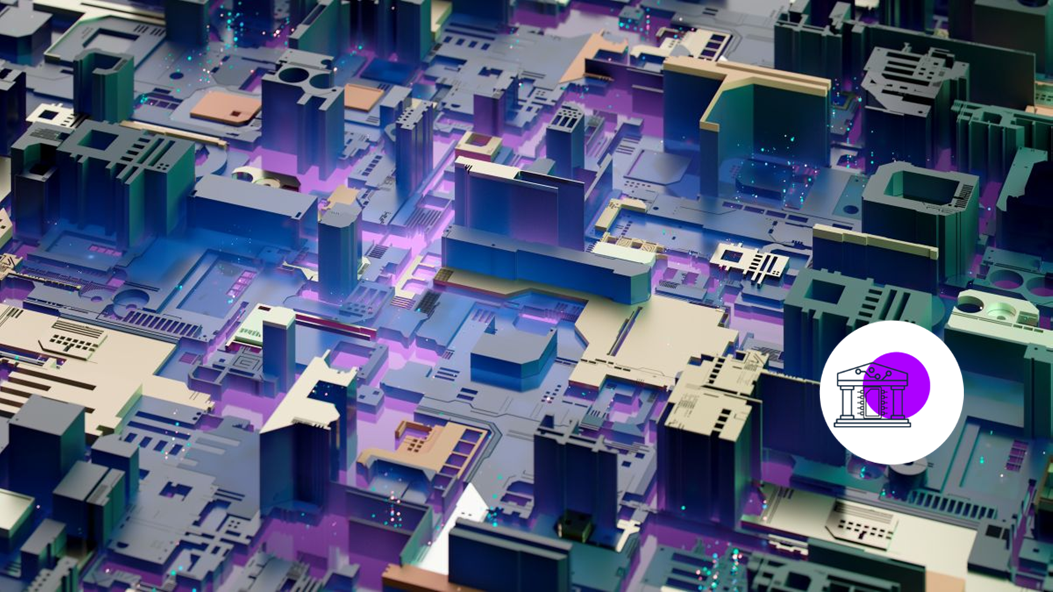Building sustainability into the heart of tomorrow’s networks (written by Colt Technology Services)
by Vivek Gaur, Vice President of Engineering, Colt Technology Services
The total amount of data created, captured and consumed globally is forecast to increase from 149 zettabytes in 2024 to more than 394 zettabytes in 2028. Increasing use of AI, growing video consumption, ongoing digitalisation and a rise in the number of connected devices are contributing to this proliferation of network traffic. Electricity demand from data centres, cryptocurrencies and AI could reach as much as 1,000 Terawatt Hours (TWh) in 2026, compared to 460TWh today.
Clean and renewable power sources may not be able to keep up with this growth in demand. While green energy sourcing is a vital part of any carbon reduction plan, it’s time to consider implementing broader strategies for cutting energy consumption. This means building sustainability into tomorrow’s network design.
Flexible solutions such as Network-as-a-Service (NaaS) enable businesses to reduce carbon emissions by enabling businesses to use as much capacity as they currently need, and dynamically scale their network connections up and down depending on demand. NaaS shifts the responsibility for equipment lifecycle management away from the enterprise to network providers. Operating at scale, they are in a stronger position to keep up-to-date with energy-efficient devices and technologies.
While AI is under increasing scrutiny for its impact on the environment, 42% of the 1500 global CIOs we spoke to recently highlighted the positive contribution AI technologies make towards achieving environmental impacts and governance strategies. The CIOs surveyed cite AI’s positive influence in investing in greater network security (cited by 61%); processing more data at the network edge (58%); and using more Network as a Service (NaaS) capabilities (58%).
Intent-Based Networking could support more sustainable routing
One of AI’s greatest strengths is the ability to intelligently analyse huge datasets. This means it has the potential to harness the vast amounts of data that networks and datacentres generate, and use it to provide a comprehensive analysis of traffic flow, network performance, capacity usage and energy consumption.
Intent-Based Networking (IBN). IBN uses AI and Machine Learning to intelligently automate network management based on business outcomes or intentions. The system takes these ‘intents’ – such as securely connecting networks on two different sites – and designs, configures, monitors and manages the network to achieve the goal, without the need for manual coding and configuration.
Intent-Based Networking (IBN) has the potential to improve the alignment between the network and the customer’s business goals and to boost energy efficiency; a crucial point particularly as organisations must build in transparency to their ESG reporting and comply with ESG mandates. Intelligent network automation can handle basic troubleshooting, network administration and traffic routing to improve performance without the need to increase capacity.
IBN has the potential to reduce power usage by simplifying the network, dynamically optimising its performance, and keeping unused capacity - and power consumption t - to a minimum. In the future, we’ll see options to support improved environmental sustainability like automatically routing the network to:
- Maximise power efficiency
- Move workloads to areas where renewable energy is most readily available
- Route traffic to areas or times of low demand when capacity is under-utilised and network energy efficiency is low
Managing energy efficiency by upgrading outdated network equipment
Since much legacy network equipment is power-hungry, replacing it with more energy-efficient versions that support newer technologies can have a significant impact on power consumption. We expect that transitioning away from TDM, for example, will reduce our own energy consumption by a remarkable 13.2GWh.
Devices which support dynamic power management are more energy-efficient, as they’re able to reduce power consumption during periods of lower demand, and can turn off or go into sleep mode when they’re not needed at all.
Network providers and datacentre operators are also under pressure to support the sustainability goals of their enterprise customers. While the drive to make networks more environmentally friendly is challenging, even small changes can have a significant effect. Deloitte predicts that, worldwide, global telcos will be able to reduce their carbon footprint by 2% in 2025, representing a staggering saving of 12 million tons of carbon dioxide equivalent (CO2e).
Building sustainability into the core of digital infrastructure – and all the architecture that supports it - must be central for businesses to meet ESG goals and to protect the future of our planet. As data volumes continue to grow, power efficiency, transparency, continuous modernisation programmes, and flexible, efficient service offerings will be the foundation of sustainable network growth.




